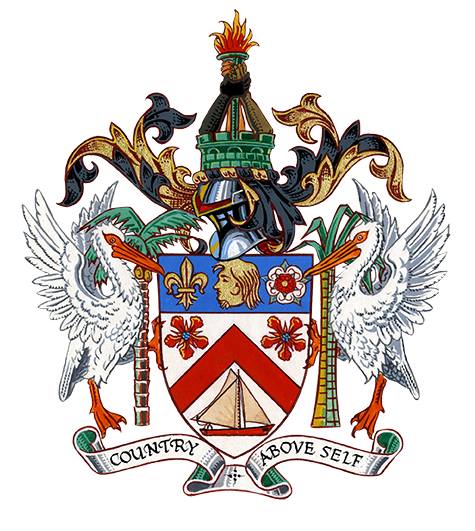Essential Information Regarding the New Pension Plan
Paragraph 1: Introduction to the New Pension Plan
The governments of St. Kitts and Nevis have introduced a new pension plan for civil servants and Government Auxiliary Employees (GAEs) following the passage of the Pensions (Amendment) Act, 2025, and the Government Auxiliary Employees (GAE) (Amendment) Act, 2025. This new plan aims to create a more equitable system for both categories of employees, establishing a uniform retirement age of 62 and creating a dedicated Pensions Fund to manage contributions. Key figures involved in explaining the new plan include Head of the Civil Service, Thelma Richard, and Accountant General, Levi Bradshaw. They have been actively engaging with employees to clarify the terms and benefits of the new system.
Paragraph 2: Understanding Pensions and Gratuity
A pension is a regular payment made to a retiree after they leave employment, providing a source of income during retirement. It is designed to replace a portion of the employee’s pre-retirement earnings and is typically based on factors like years of service and salary. Gratuity, on the other hand, is a lump-sum payment made to an employee upon retirement, often calculated based on years of service and final salary. It serves as a form of recognition for the employee’s contributions throughout their career. The new pension plan addresses both pension and gratuity, ensuring both forms of financial support are available to retiring employees.
Paragraph 3: Key Features of the New Pension Plan
The new pension plan introduces several key changes. A significant feature is the establishment of a uniform retirement age of 62 for both civil servants and GAEs. This replaces the previous system where extensions were required for those wishing to work beyond age 55. A Pensions Fund will be created to manage contributions from both the government and employees, ensuring the long-term sustainability of the plan. Employee contributions will begin at 3% in July 2025. This contributory structure shares the responsibility for retirement funding between the government and its employees.
Paragraph 4: Choice and Transition for Existing Employees
Civil servants employed before May 18, 2012, have the option to choose between the new pension plan and the existing one. This allows employees to select the plan that best suits their individual circumstances and retirement goals. Those who opt into the new plan will benefit from the new retirement age of 62, eliminating the need for service extensions. The deadline for choosing between the two plans is June 30, 2025, providing ample time for employees to make informed decisions. Resources and support are available to assist employees during this transition period.
Paragraph 5: Information and Support for Employees
The government is committed to ensuring all employees have access to the information they need to make informed decisions about their retirement. The Human Resources departments in both Nevis and St. Kitts are playing a crucial role in providing guidance and answering any questions employees may have. Contact numbers have been provided: 469-5521 for Nevis and 465-2521 for St. Kitts. This direct access to resources allows for personalized support and clarifies any uncertainties about the new plan.
Paragraph 6: Significance and Long-Term Impact
The new pension plan represents a significant step towards modernizing the retirement system for government employees in St. Kitts and Nevis. By establishing a uniform retirement age, a contributory structure, and a dedicated Pensions Fund, the plan aims to provide a more secure and equitable retirement for all eligible employees. The choice offered to existing employees demonstrates a commitment to fairness and allows for a smooth transition to the new system. The government’s efforts to provide clear information and support reflect a dedication to transparency and employee well-being. This comprehensive approach promises a more sustainable and predictable retirement landscape for public servants.
Share this content:












Post Comment